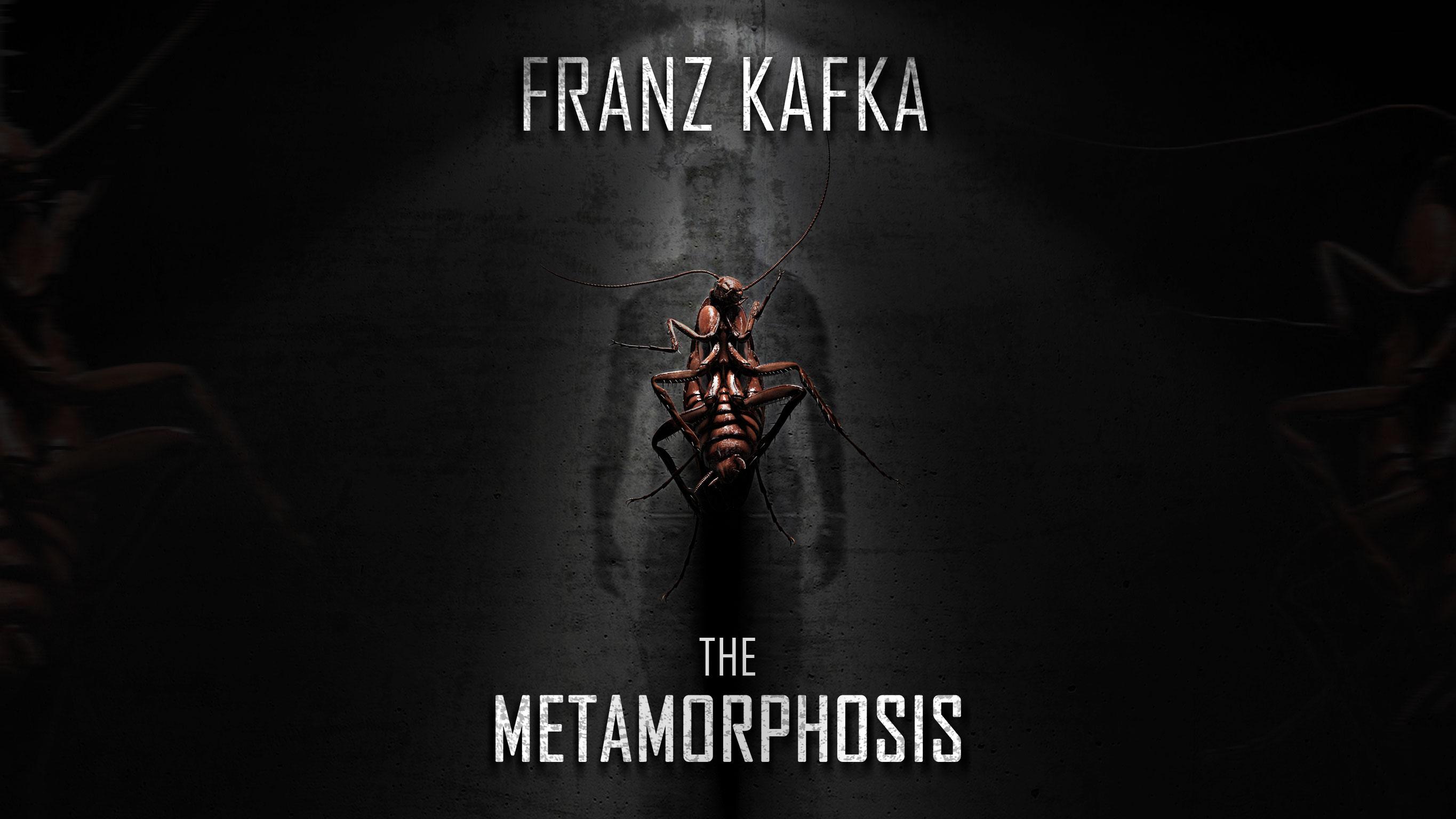
The Metamorphosis (German: Die Verwandlung) first edition cover. The more humane side of the issue, namely the reactions of Gregor’s manager, his parents, sister, their servants, and then their three lodgers is actually easier to understand and relate to for an average reader. However, I found it easier to understand the novella’s symbolism without categorising it into a particular illness or disease. It is a tale of an individual afflicted by a disease that he has no control over and neither does he have any idea of how it has and will continue to influence his and his family’s lives.Īt first reading, it might seem that Gregor Samsa and his metamorphosis is probably a metaphor for an illness like cancer but actually, when you take into account the family’s aversion to his condition and the change in his appearance, it seems that Kafka has actually used it as a metaphor for illnesses such as AIDS. It is a symbolic tale of a young man, the breadwinner of his family, who is unexpectedly afflicted by a disease (his turning into a bug), the subsequent reactions of his family (grief, resignation, endurance, repugnance and then explicit detestation) and his eventual death which brings a sense of ‘tranquility’ to Gregor’s family. It is merely symbolically describes Samsa’s past life and his new life, and of course his ‘ailment’.īut the story of The Metamorphosis is much more than a somewhat dark, disturbing tale of a man who turns into a pitiful bug. However, Kafka does not explicitly mention in the text that Samsa definitely turns into a cockroach or not. The Metamorphosis is a story of Gregor Samsa, who wakes up one morning after having overslept and missed the early train that he was required to take for a business trip, and discovers that he had turned into a giant bug overnight, apparently a dung beetle.

Franz Kafka’s novella, The Metamorphosis is one of his most well-known works, along with his posthumously published novel, The Trial.


 0 kommentar(er)
0 kommentar(er)
